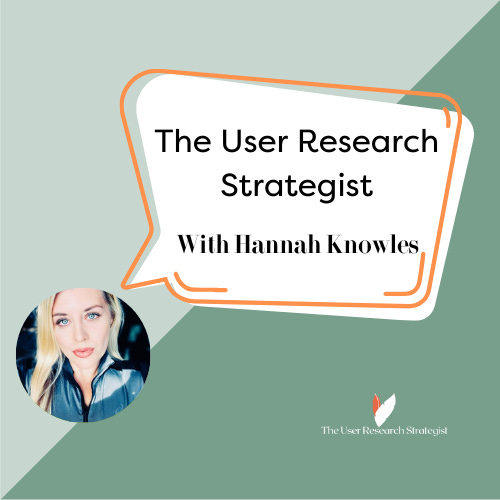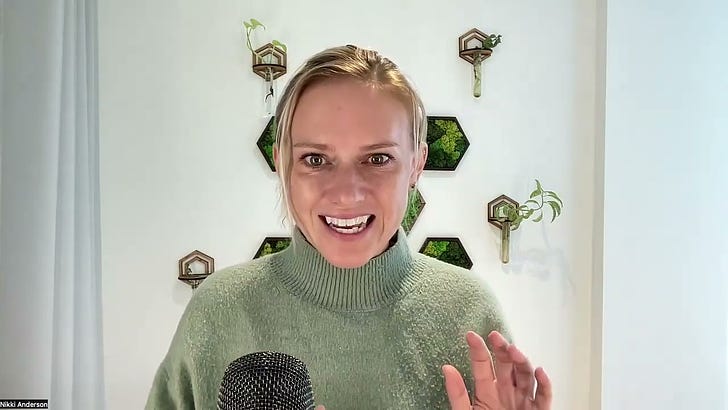Listen now on Apple, Spotify, and YouTube.
—
Hannah is a UX researcher with over a decade of experience helping product teams make smarter, faster decisions. She has a thing for working on public sector services, the grittier, the better and nothing is grittier than healthcare (especially women's health). Hannah worked her way up the chain to be head of research, but she just couldn’t keep away from the hustle of a product team. Instead, she focused on scaling down UX research methods so even the leanest teams can get some insight.
Her mantra? Good research comes in small packages.
In our conversation, we discuss:
The importance of bridging the gap between research and business decisions
Challenges of getting research used by teams and keeping it actionable
The value of workshops in facilitating collaboration and decision-making
Tips for structuring workshops in an agile, time-constrained environment
Any links to courses or something
Some takeaways:
Research doesn’t end with analysis. To ensure your findings are applied, you need to facilitate discussions that help teams translate insights into actionable decisions. After completing research, schedule a workshop where key stakeholders (designers, product managers, and developers) collaborate to prioritize insights based on business needs and feasibility.
Workshops are vital for creating alignment between cross-functional teams. Hannah emphasized how they enable everyone to share perspectives and make collaborative decisions, ensuring that research gets implemented. Start by introducing short workshops (like assumption mapping) into existing meetings, ensuring that decisions are made as a group rather than individually by stakeholders.
In agile teams, traditional long-form research methods can be broken down into smaller, digestible tasks spread across multiple sessions. This makes them more manageable and ensures participation without overwhelming the team. Use methods like problem clarity vs. risk mapping in agile sprints by integrating them into existing meetings like retrospectives or standups. Limit activities to 10-15 minutes to fit the team’s schedule.
A well-structured workshop ensures that participants stay focused and engaged. Timeboxing each part of the workshop, as Hannah suggested, keeps discussions on track and maximizes productivity. For every workshop, clearly define time limits for each activity. Use visible countdowns to ensure that no one person dominates the conversation, allowing equal participation from all team members.
The misconception that workshops must be long or formal is outdated. Short, frequent sessions can be just as effective in driving decisions and maintaining momentum. Create “minimum viable workshops” by breaking a larger activity into smaller chunks across multiple shorter meetings. For example, instead of a three-hour workshop, spread exercises across a two-week sprint, completing small tasks during existing ceremonies or standups.
Where to find Hannah:
For inquiries about sponsoring the podcast, email nikki@userresearchacademy.com














Share this post